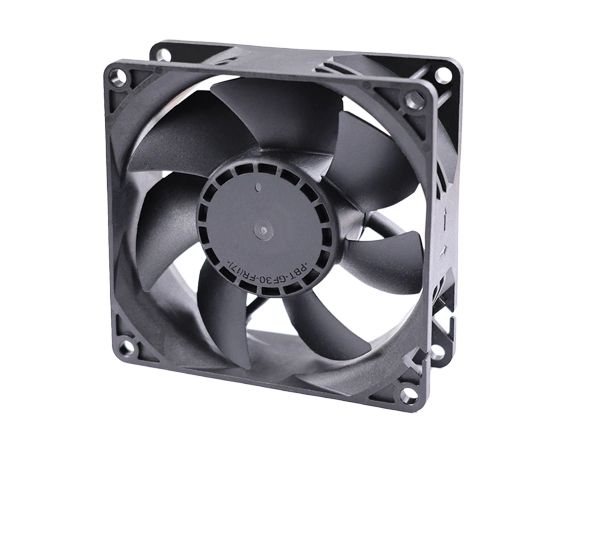In the realm of carpentry, DIY enthusiasts, and professional woodworkers, plunge cutting stands as a crucial technique for achieving clean, precise cuts in materials like wood, plastics, and even some metals. Whether you're creating intricate joinery, trimming excess material, or crafting decorative elements, the right tool for plunge cutting can transform your workflow from laborious to effortless. But with a myriad of options available, what is the best tool for plunge cutting that balances precision, versatility, and efficiency? Let's dive deep into the world of plunge cutting tools to uncover the ultimate solution.
Understanding Plunge Cuts
Before delving into the best tools, it's essential to grasp the basics of plunge cutting. Plunge cutting involves inserting the blade of a tool vertically into the material, usually starting from above, and then making a controlled cut. This technique is particularly useful when you need to start a cut at a point other than the edge of the workpiece, making it indispensable for tasks like cutting holes or creating mortises.
Evaluating Criteria for the Best Tool
When searching for the optimal plunge cutting tool, several factors come into play:
- Precision: The ability to make accurate cuts with minimal error.
- Versatility: The tool's capacity to handle a variety of materials and cutting depths.
- Ease of Use: User-friendly features that enhance operator control and safety.
- Durability: Longevity and resistance to wear and tear.
- Power and Speed: Sufficient power to cut through material efficiently without bogging down.
The Contenders: A Comprehensive Analysis
- Circular Saw with Plunge Cutting Capability
Circular saws are a staple in many workshops due to their versatility and power. For plunge cutting, a circular saw equipped with a plunge base is a must. These saws allow you to adjust the blade's depth and plunge it into the material, offering precise control. They're excellent for larger cuts and can handle thicker materials. However, maneuverability in tight spaces can be challenging.
Pros:
- High power suitable for thick materials.
- Adjustable depth for diverse cutting needs.
Cons:
- Limited precision in fine detail work.
- Bulkier than some alternatives, limiting accessibility in tight spaces.
- Oscillating Multi-Tool with Plunge Blade
Oscillating multi-tools have emerged as a Swiss Army knife for DIYers and professionals alike. With a plunge blade attachment, these tools can execute plunge cuts with remarkable precision and control. Their compact design and oscillating action make them ideal for intricate cuts and tight spaces.
Pros:
- Excellent for detailed and intricate plunge cuts.
- High maneuverability in confined areas.
- Versatile with a range of blade options.
Cons:
- Lower power compared to circular saws, limiting material thickness.
- Blade changes can be time-consuming.
- Jigsaw with Plunge Cutting Feature
Jigsaws are known for their ability to make curved and intricate cuts. Modern jigsaws often come with plunge cutting features, allowing the blade to be lowered into the material from above. They excel in cutting curves and intricate shapes with great precision.
Pros:
- Excellent precision for intricate designs.
- Compact and maneuverable.
- Blade options tailored for various materials.
Cons:
- Lower power and slower cutting speeds compared to circular saws.
- Vibrations can affect cutting accuracy over extended use.
- Track-Guided Plunge Cutters
For those seeking the highest precision in straight-line plunge cuts, track-guided systems are unparalleled. These tools utilize a track to guide the saw blade, ensuring perfect alignment and accuracy. While primarily designed for straight cuts, some models offer plunge attachments for vertical starts.
Pros:
- Unmatched precision and accuracy.
- Suitable for long, straight cuts with minimal error.
Cons:
- Limited to straight cuts.
- High cost and setup time.
The Ultimate Tool: A Hybrid Approach
Given the unique strengths and weaknesses of each tool, the best approach often involves a hybrid solution tailored to your specific needs. For professionals or workshops handling a diverse range of projects, owning a combination of these tools could be optimal. For instance, a circular saw with a plunge base for heavy-duty work, an oscillating multi-tool for detailed plunge cuts, and a jigsaw for intricate designs would cover a broad spectrum of requirements.
However, if we must pinpoint a single best tool, the oscillating multi-tool stands out due to its unparalleled versatility, precision in tight spaces, and ability to handle a wide variety of plunge cutting tasks. Its compact size and ease of use make it an invaluable addition to any toolkit, especially for those prioritizing detail and control.
Conclusion: Precision Meets Efficiency
In the quest for the best tool for plunge cutting, it's crucial to weigh the needs of your projects against the capabilities of each tool. While there's no one-size-fits-all solution, understanding the strengths and limitations of circular saws, oscillating multi-tools, jigsaws, and track-guided systems can guide you to the perfect match for your workshop. Whether you prioritize power, precision, or versatility, the right plunge cutting tool will elevate your craftsmanship, ensuring every cut is a step towards masterpiece-level work. Happy cutting!

